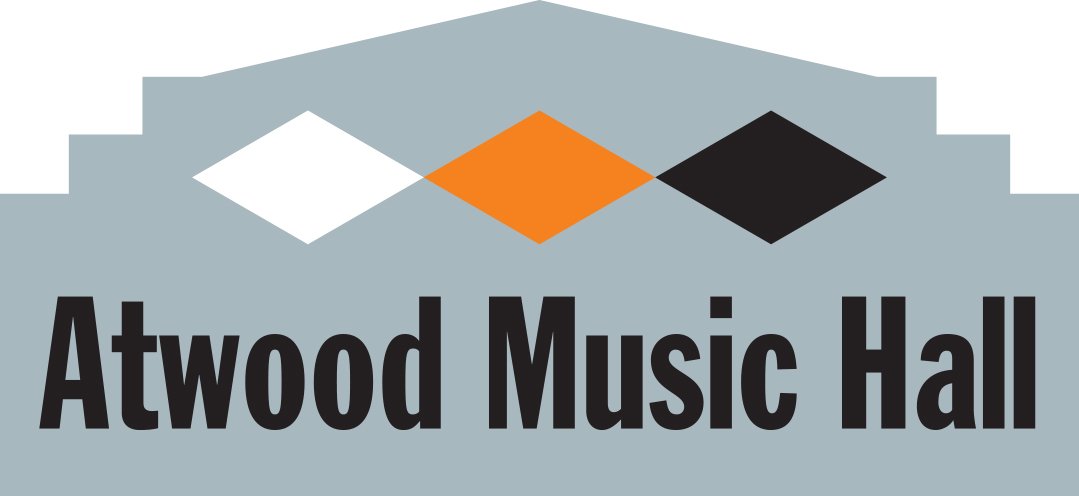HISTORY
The building at 1925 Winnebago St was finished in 1932 as the new home of the Madison Gospel Tabernacle. Originally designed as a gathering space for up to 700 parishioners, the congregation changed their plans early on in the building process to utilize a lamella roof structure supported by concrete and block walls to create a column free arched ceiling. With the addition of a choir loft, the completed space held 1000 parishioners for services and musical performances.
A lamella roof, also known as the “Zollinger roof” after its creator Friedrich Zollinger, is a vaulted roof made up of simple, single prefabricated standard timber segments as a way to span large spaces. The individual pieces are joined together with bolts and/or plates to form a rhomboid pattern. The lamella roof was patented in 1910 and became popular between the World Wars, especially in Germany where it was invented, when metal for construction was in short supply and housing demand was strong. The roof pieces were manufactured in mass with local timber and shipped to job sites where they could be installed quickly by small crews without the need of scaffolding or cranes. While initially popular in Germany, the technique migrated east throughout the 1920s finding its way to America. There are only a handful of buildings left in the Midwest that feature this unique design feature.
The history of the building and when exactly the Madison Tabernacle moved locations is a bit murky. It is believed that the church relocated in the late 1960s and in 1970 the structure became the site of an alternative school. We cannot find any official documentation or public notices of the church move, so it’s possible that another group occupied the building in between. If you have any knowledge regarding the building during this time period, please send a note to our website.
The building became Freedom House in 1970, an alternative school connected with the "Freedom School" movement that began in 1964. The movement was started in Mississippi by the Student Non-Violent Coordinating Committee (SNCC) to provide an alternative to traditional curriculum, criticized for being too materialistic and Euro-centric, and neglecting equality, civil liberties, and black history. When the concept reached Madison, it was interpreted to mean "freedom" from education that left behind non-traditional and disadvantaged learners from racial minorities and economically vulnerable families. The concept is still alive in Madison in the Omega School, founded in 1972, and Operation Fresh Start (OFS), founded in 1971. Both organizations provide alternative education opportunities for high-school age kids
While playing host to the alternative school during the day, the Freedom House was also used as venue to host concerts and counterculture political gatherings in the evenings. The first latin music concert in Madison took place here in 1978 organized by local musician Tony Castaneda. At some point in the late 70s, Madison band Spooner played a concert in the room sponsored by the local C.C. Ryders motorcycle club. Two of its members, Butch Vig and Duke Erickson would later form the bands Firetown and Garbage, who exploded onto the alt rock scene in the late 90s.
From June 18-22 of 1975, the first National Alternative Radio Konvention (NARK) took place at the Freedom House. Representatives from a gaggle of community based stations from around the country that were recently established or about to start broadcasting (Madison’s WORT being one) came together to discuss the medium and how they could work together to strengthen it. From that initial meeting came the National Federation of Community Broadcasters (NFCB) which exists to this day, with a robust membership all across the country. The convention pamphlet can be viewed here.
In 1980 the building was appropriately purchased by Operation Fresh Start (OFS), a non-profit organization that teaches high-school aged kids construction and remodeling skills through on-the-job training. OFS added many interior divisions and covered the lamella ceiling to create storage, offices, and learning spaces.
In 2018 OFS relocated their operations and the building was sold to an individual in February of 2019 that planned to turn the space into art studios. The interior divisions were mostly removed so that the original main interior sanctuary space was restored and the lamella roof uncovered. As the initial renovations commenced, the project lead unexpectedly passed away and the vision ended. His business partner ended up taking full control of the building in December of that year and patiently waited for several years looking for the right group to hand the building off to. It was important to him that its history be preserved and the structure become a community asset – he did not want to see another historic building be torn down and turned into condos. A deal was made in the fall of 2021 with the owners of The Bur Oak to purchase the building and renovate it, ultimately creating a new space for the neighborhood to gather, learn, and appreciate the arts.







